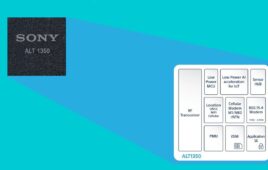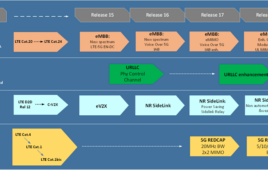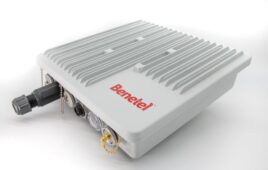Despite a host of limitations around devices, network technology and GPS, Alcatel-Lucent has joined the push for location-based advertising.
Together with location-based ad developer 1020 Placecast, Alcatel-Lucent will offer an opt-in, location-based messaging and advertising service that will let carriers offer customized alerts to subscribers.
Analyst Jeff Orr with ABI research says Alcatel-Lucent’s offering is a bit ahead of the demand curve. “This is an example of an application that’s being exercised in advance of the rest of the ecosystem,” Orr says.
Consumers still view their handsets as a safe haven from advertising and telemarketers. About half of U.S. consumers have no interest in receiving marketing messages on their handsets, so a considerable amount of ice will have to thaw before consumers opt-in en masse.
“Mobile advertising has a very significant opportunity to play as it comes to communication with the consumer, but it’s permission-driven,” Orr says “That’s a challenge for a lot of marketers coming from other kinds of media. They’re used to the shotgun approach with a lot of back-end metrics.”
The Alcatel-Lucent application is opt-in, giving consumers the ability to block the ads if they choose. Those who opt in to the service could receive a mobile message offering a discount at a nearby favorite store that includes the store’s address, phone number and other content created by the advertiser or carrier.
The Alcatel-Lucent service is only available in North America, where the market for mobile advertising is still in its infancy. Although trials of the service have been conducted, Alcatel-Lucent has not yet announced any customers.
ABI expects mobile advertising sales to remain flat this year, a prediction the firm characterized as “very encouraging compared to the numbers for advertising in other media.”
The research firm predicts global spending on mobile advertising will hit $16 billion in 2011. Demand for mobile advertising appears strongest in the Asia-Pacific region, where ABI expects nearly $7.7 billion spent on such applications.
Aside from soft demand, there are significant technical problems on the device side that need to be addressed for mobile advertising and other location-based services to take off.
It takes a GPS-enabled handset anywhere from 30 seconds to a couple of minutes to acquire a satellite signal from a cold start. The device has to determine where the nearest satellite is, communicate with the base station and conduct appropriate calculations.
Although network equipment and different types of software can help speed the process, the GPS ability in handsets would have to be constantly running in the background for most methods of mobile advertising to work efficiently, creating a major drain on any device’s battery power.
“There are a lot of things to work out,” Orr says. “The need initially is to put something out there to try and react to. Once the [consumers’] reaction occurs, the mobile advertising market for manufacturers, advertisers and companies like Alcatel-Lucent will become more clear.”




